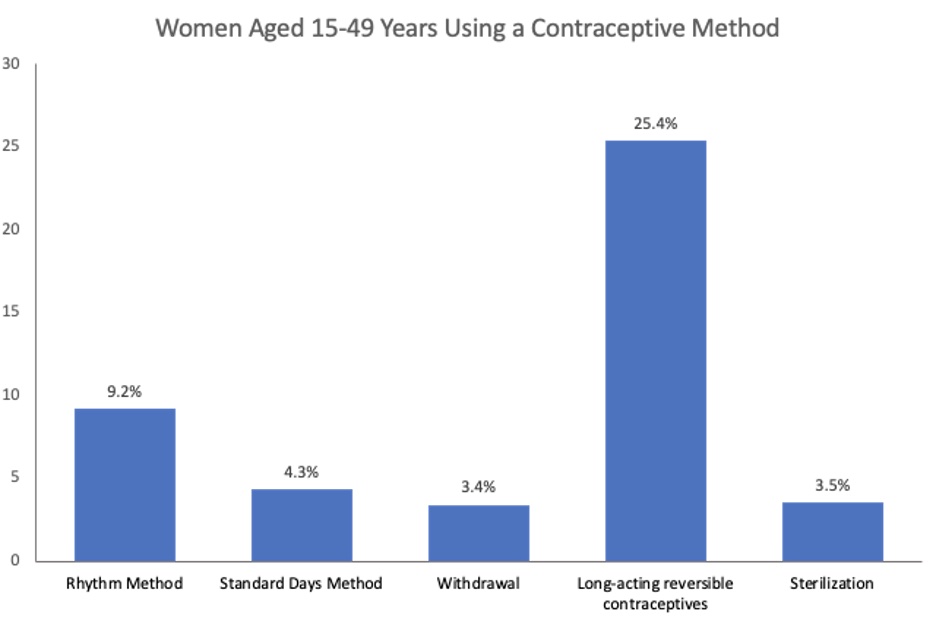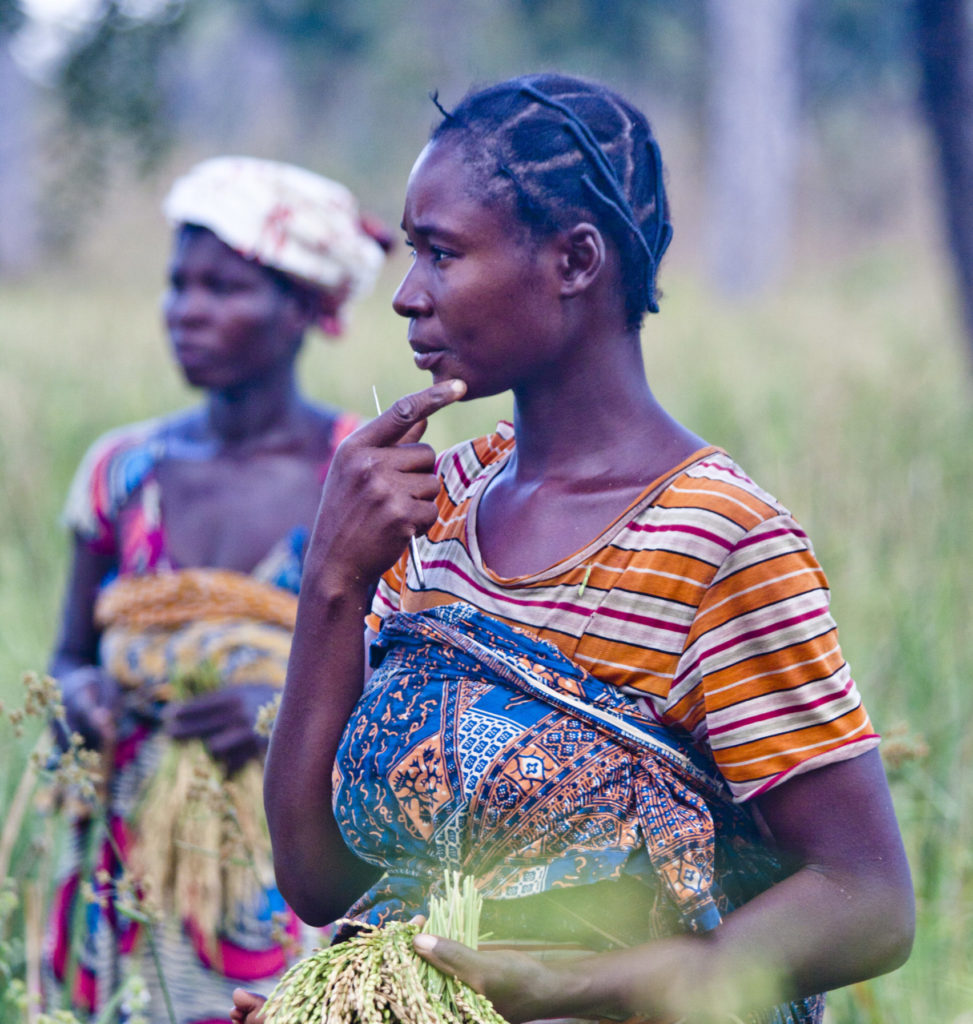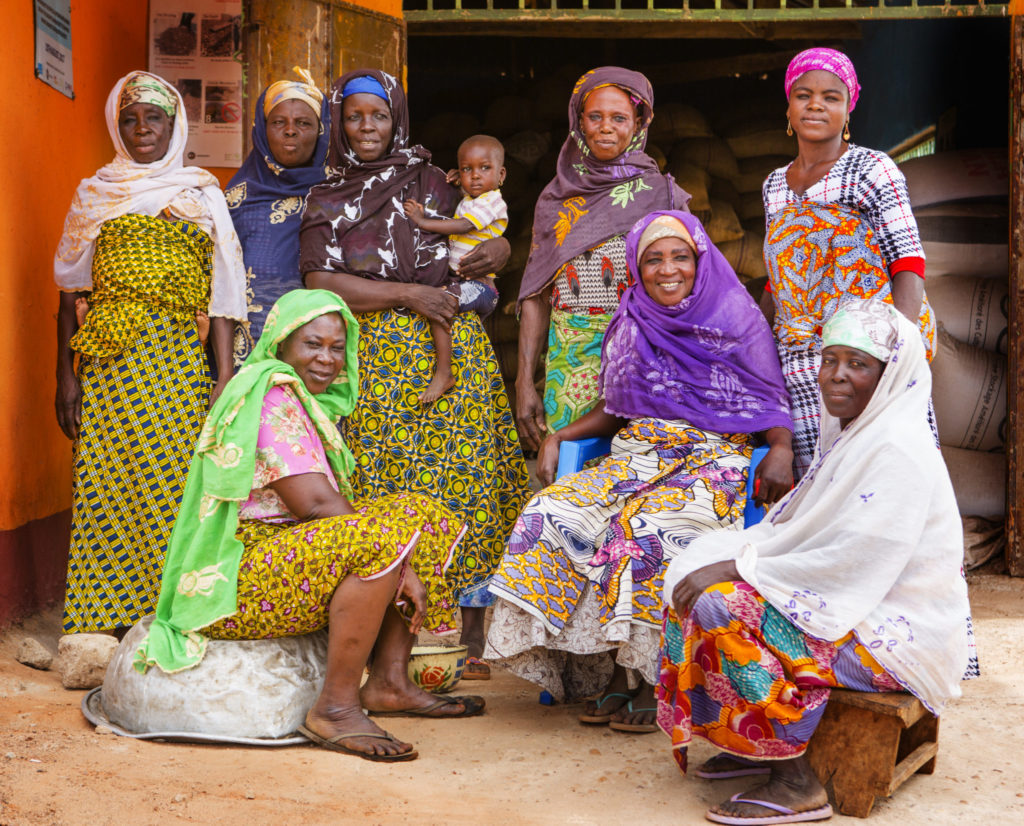In a recent Global Health: Science and Practice (GHSP) article, authors conducted a national survey in Ghana. They examined the use of fertility awareness-based methods (FABMs) to gain knowledge on women who use these methods to avoid pregnancy. Few studies in low- and middle-income countries have estimated the use of FABMs. More information on usage rates helps improve our understanding of why women choose certain methods, the characteristics of these users, and how they use these methods. Understanding who is using these methods contributes to family planning/reproductive health program professionals’ ability to support women in choosing their preferred methods.
Understanding who is using these methods contributes to FP/RH actors’ ability to support women in choosing their preferred methods.
Findings
The survey authors reported that among the women who reported using a contraceptive method, 9.2% reported the rhythm method, 4.3% reported using the Standard Days Method, and 3.4% reported using withdrawal as their most effective contraceptive method.

Among all women who reported currently using the rhythm or Standard Days Method, over half (57.3%) reported using that FABM without any additional methods. The authors estimate that at least 18% of women using contraception rely primarily on FABMs to avoid pregnancy.
The survey looked at the characteristics of women who chose FABMs. It found that age, having more education, and being wealthier were associated with a higher likelihood of using rhythm or Standard Days Method. According to the authors, these findings seem to suggest that the use of FABMs may be their preferred method and not that they lack access to other contraceptive methods.
Finally, the article’s authors looked at how women reported using the rhythm method. Women who used FABMs may be more likely to experience unintended pregnancy compared to women who use modern contraceptive methods. It’s also important to ensure that they have information on how to optimally use the method to increase its effectiveness and help them achieve their desired fertility and reproductive health needs.

More than 90% of rhythm method users wanted to learn more about making the method more effective in preventing pregnancy, but just half knew where to go for advice on using the method effectively. Only 17% of users had ever discussed using the rhythm method with a health care provider.
Conclusions
Understanding all of the factors that affect contraceptive decision-making can help family planning programs and policymakers ensure that women not only have access to contraceptive methods but can exercise agency to choose their preferred method. To help meet women’s contraceptive needs, more research is needed on the individuals who choose those methods and the full scope of unmet contraceptive need.
Learn more about the full results of the survey in Global Health: Science and Practice’s “Use of fertility awareness-based methods for pregnancy prevention among Ghanaian women: a nationally representative cross-sectional survey.”





